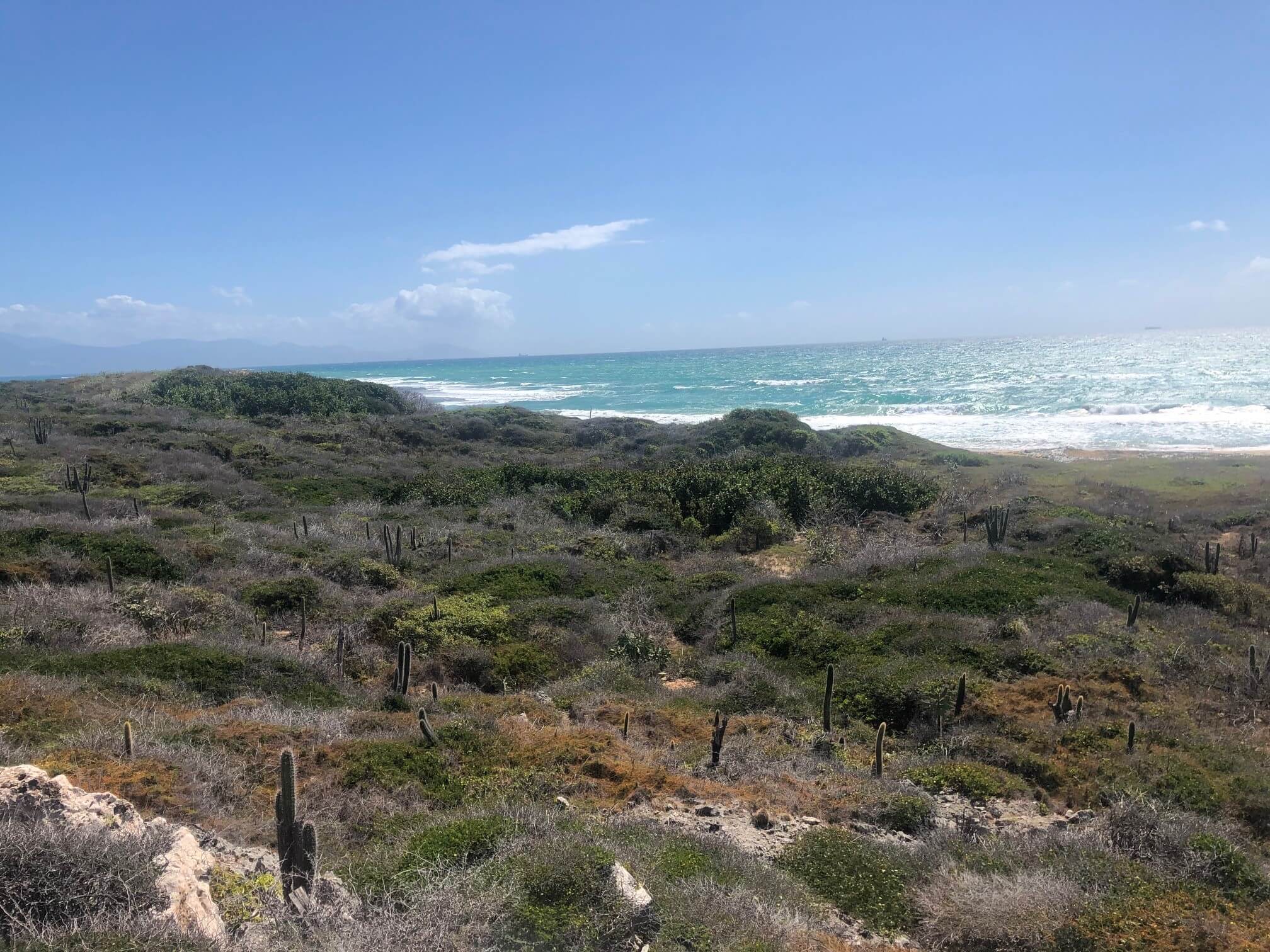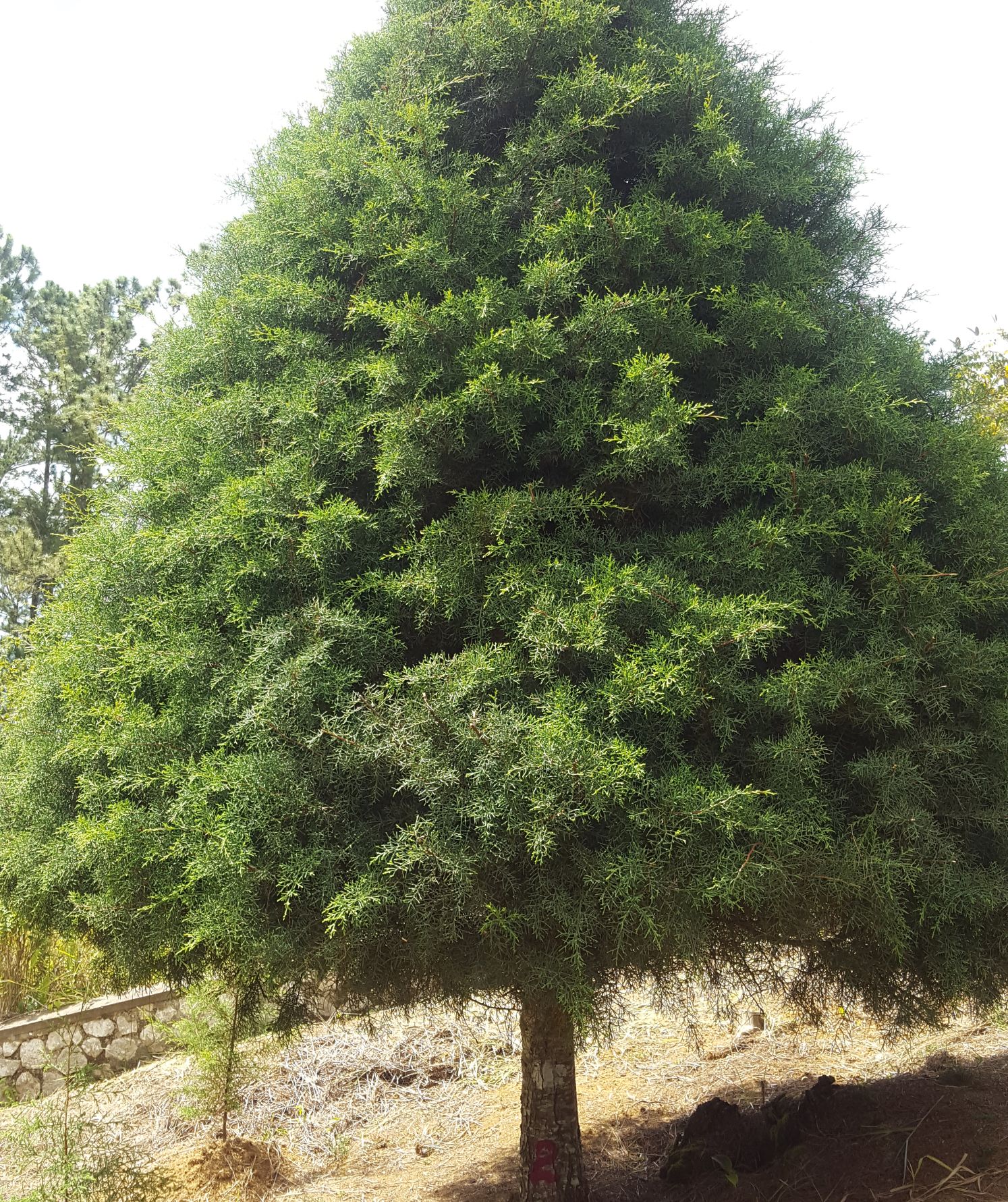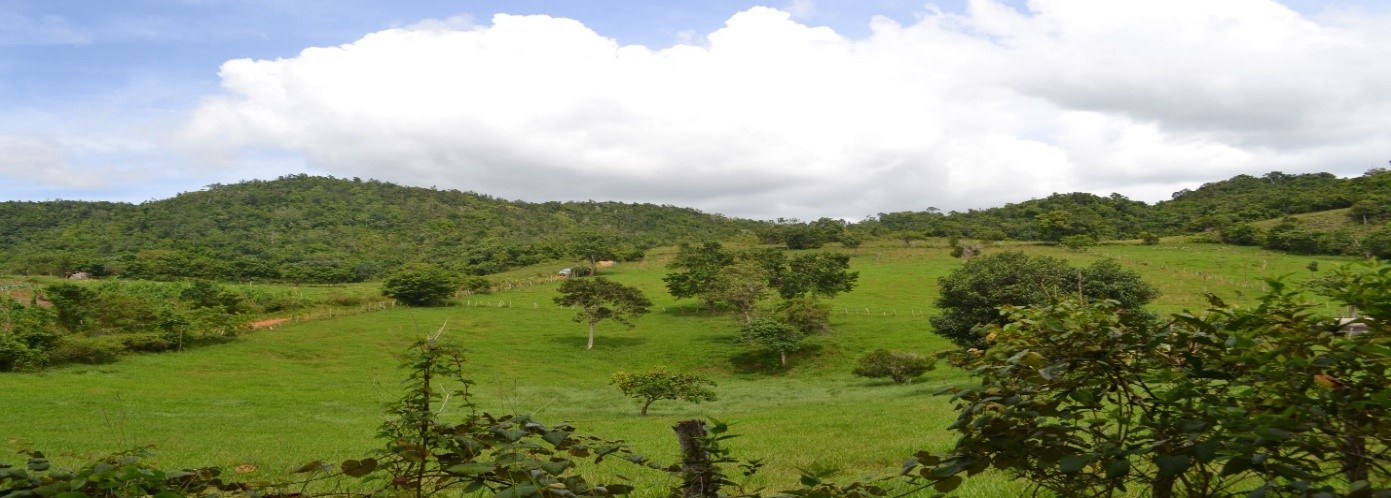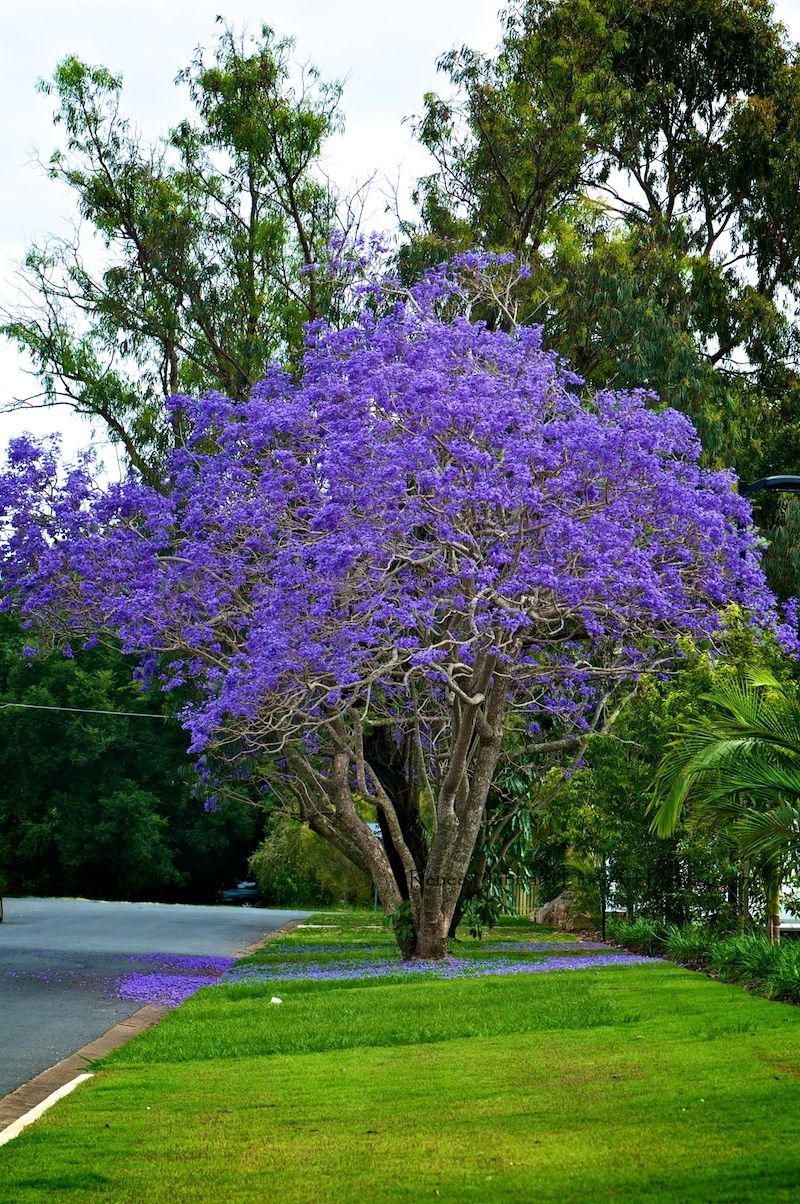Latest Blog
If you have trees, you know how important it is to keep them healthy and looking great. In Jamaica, we must prune to reduce potential damage from trees during a storm or hurricane. Proper pruning
techniques help with removing unwanted growth while encouraging new growth for proper tree structure.
Reasons and best time to prune
Firstly, you might be wondering, why should you prune your trees? Pruning your tree provides several benefits including promoting plant health, maintaining the intended purposes for plants in the landscape, improving the plant’s appearance and to protecting people from injury and property from damage.
Next you might be wondering, when is the best time to prune? Choosing the right time to prune a tree or shrub is very important. Pruning at the wrong time can affect the health or production of the plant which would be undesirable. The best time to prune a tree is during its dormant period. That is, when it isn’t actively putting on new growth or it isn’t bearing.
What to Wear
Before you begin pruning, you should be wearing the correct protective gears. Wear protective glasses to prevent fragments from falling in your eyes, a hard hat to help to protect your head, heavy-duty gloves to help protect your hands and a hard boot to protect your feet.
Protective glasses
Heavy duty gloves
Pruning Tools
Of course you will need the pruning tools to get the job done. The tools required include a pair of pruning shears, lopping shears, hedge shears, hand saws, pole saws and small chain saws. We recommend that you research these tools and select the ones that suits your pruning needs.
A looping shear
General Pruning Guidelines
At the outset, we recommend that you leave the pruning of large trees to qualified tree care professionals who have the proper equipment.
Here are some general pruning guidelines for trees and shrubs:
1. Remove diseased, broken or dead branches.
2. Remove any downward-growing branches.
3. If two limbs are crossed, entangled or otherwise competing, remove one of them completely at its base.
4. Remove any limbs along the trunk that are bigger in diameter than the trunk.5. Remove suckers coming up from the roots or low on the trunk.
6. Remove vigorous vertical branches, called ‘watersprouts’.
7. Make pruning cuts close to the branch collar at the base of the limb.
a. For larger limbs, start the cut from the underside of the limb to avoid tearing the bark.
8. Remove large limbs first, starting with the top of the tree.
9. Thinning cuts remove entire branches at the branch collar and are usually the recommended type of cut.
10. Heading cuts remove only part of a branch and encourage vegetation growth below the cut and are not as common.
We hope you find this information useful and share with others, so we can help others with maintaining healthy, and attractive trees that protect you and your property from harm for years to come.
Comments
Lorna Miles - Mar-08-2023
The branches on the gauva tree dies after pruning. I don't want the tree to die and don't know how to save it would really appreciate your advice. also the tree seems to grow towards one side.





